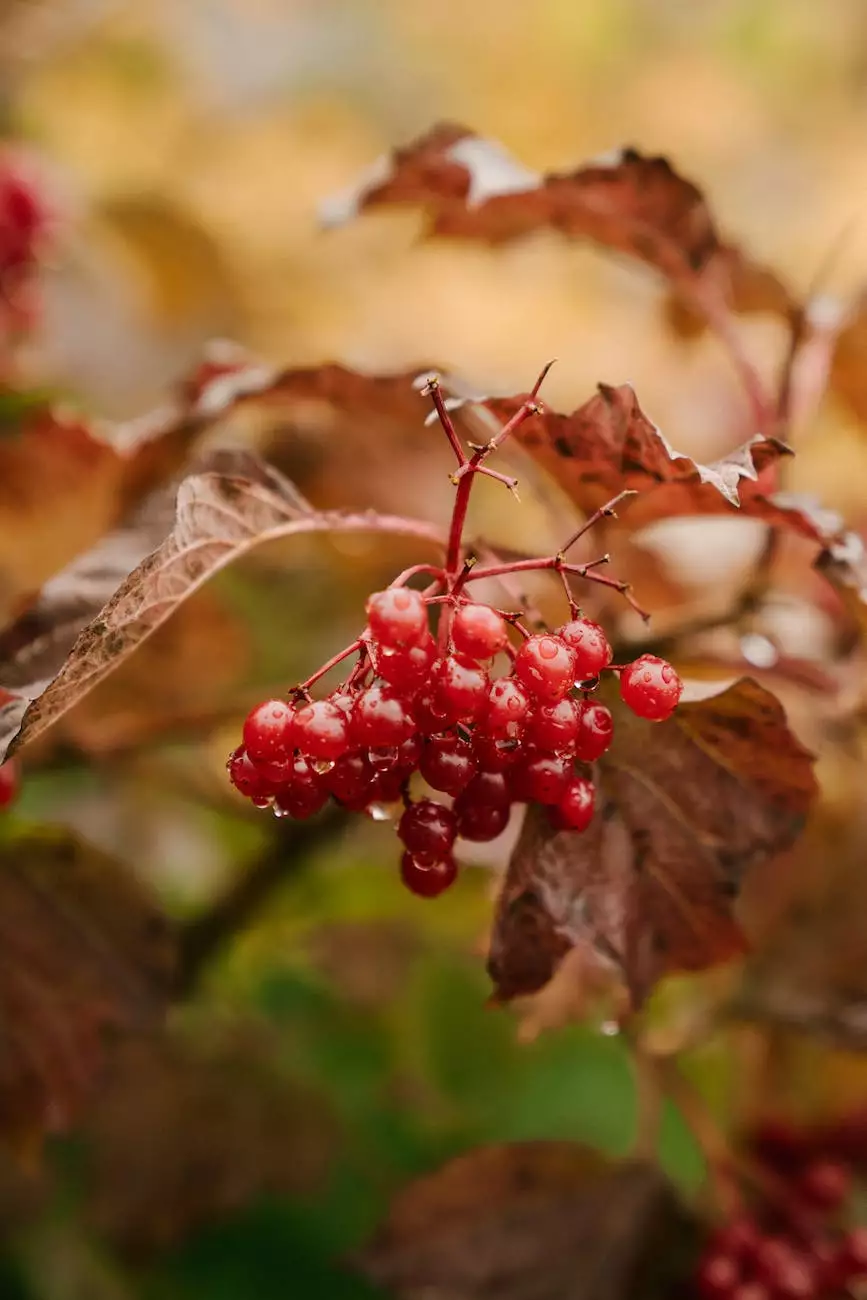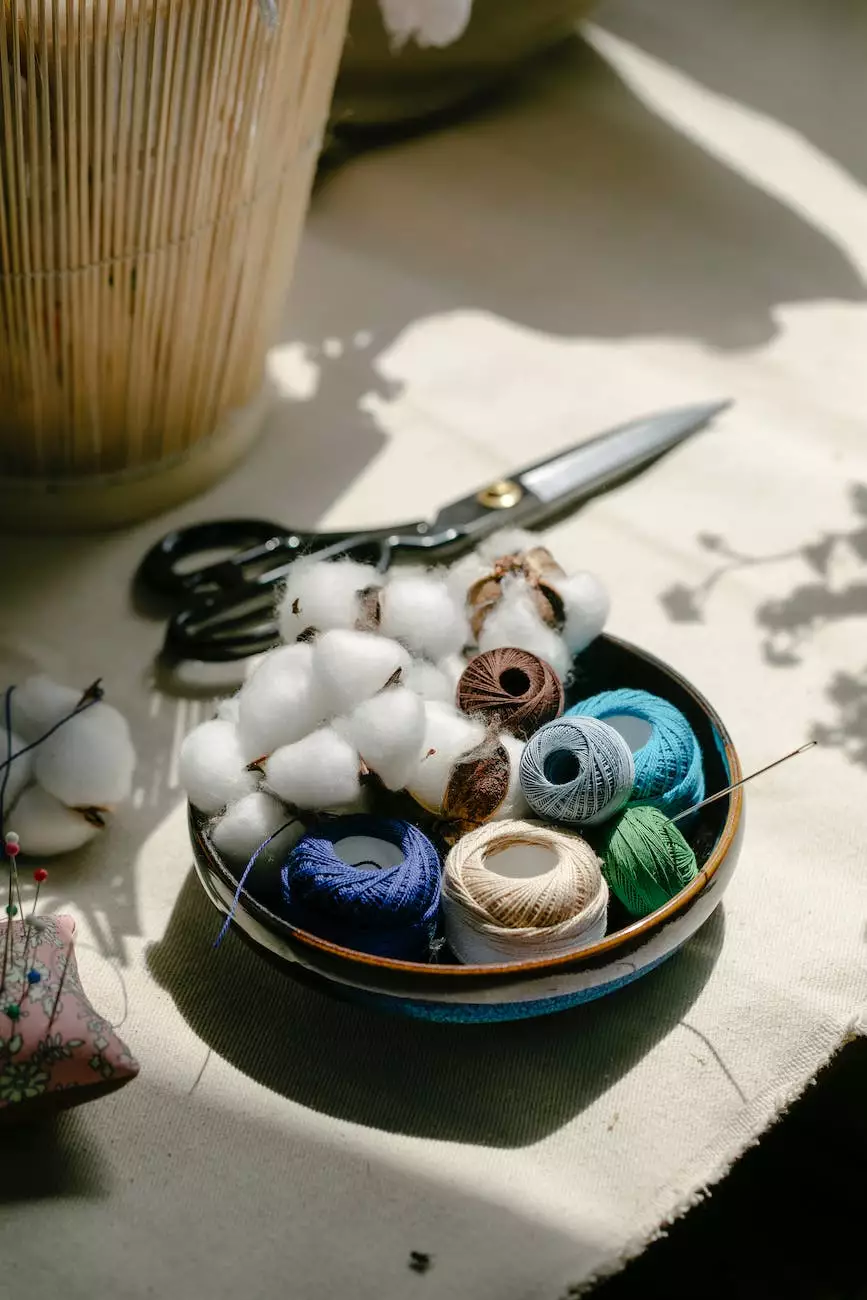Nearly Wild Rose - Ted's Plant Library

Introduction
Welcome to Cutting Hedge Services, your trusted source for all things gardening! In this guide, we will delve into the enchanting world of the Nearly Wild Rose, a captivating addition to any garden. From its history to care instructions, we'll cover everything you need to know to cultivate a thriving and vibrant rose garden.
About the Nearly Wild Rose
The Nearly Wild Rose, scientifically known as Rosa 'Nearly Wild,' is a versatile rose variety that adds natural beauty and an exquisite fragrance to outdoor spaces. This deciduous shrub rose is highly popular among garden enthusiasts due to its low maintenance requirements and ability to attract beneficial pollinators such as butterflies and bees.
Characteristics and Appearance
The Nearly Wild Rose features delicate blossoms with five petals in various shades of pink. Its flowers bloom in clusters, creating a magnificent spectacle during the peak flowering season. The foliage consists of dark green leaves that provide an attractive backdrop to the vibrant blooms. This rose variety typically reaches a height of 2 to 3 feet, making it ideal for both borders and containers.
Planting and Location
When planting your Nearly Wild Rose, choose a location that receives at least six hours of direct sunlight daily. This species adapts well to different soil types, including loam, clay, and sandy soils. Ensure proper drainage to prevent waterlogging, which can be detrimental to the plant's health. Dig a hole slightly larger than the root ball and place the rose in the hole, ensuring the bud union is at or slightly above the soil level. Backfill the hole and gently firm the soil around the plant.
Watering and Fertilization
Proper watering is crucial for the health and vitality of your Nearly Wild Rose. Water the plant deeply once a week, providing approximately one inch of water. During dry periods or in hotter climates, increase the frequency of watering. Avoid overwatering, as it can lead to root rot and other issues. Applying a balanced rose fertilizer in early spring and mid-summer will provide essential nutrients for optimal growth.
Pruning and Maintenance
Regular pruning helps maintain the shape and vitality of your Nearly Wild Rose. Prune in early spring before new growth emerges, removing any dead or damaged branches. Additionally, you can lightly prune after the first bloom to encourage further flowering. Remember to wear protective gloves and use clean, sharp tools to prevent the spread of diseases.
Pest and Disease Control
While the Nearly Wild Rose is generally resistant to pests and diseases, it's important to remain vigilant and take preventive measures. Inspect the foliage regularly for any signs of aphids, mites, or diseases such as black spot or powdery mildew. If necessary, treat affected plants with environmentally friendly solutions or seek professional advice. Maintaining good garden hygiene and removing fallen leaves can also help prevent the spread of diseases.
Conclusion
In conclusion, the Nearly Wild Rose is a delightful addition to any garden, bringing a touch of elegance and natural beauty. With its low maintenance requirements and stunning blossoms, it's no wonder why this rose variety remains a beloved choice among gardeners. By following our expert tips on planting, care, and maintenance, you'll be well on your way to creating a thriving rose garden that will be the envy of the neighborhood. Stay tuned for more informative plant guides from Cutting Hedge Services!




